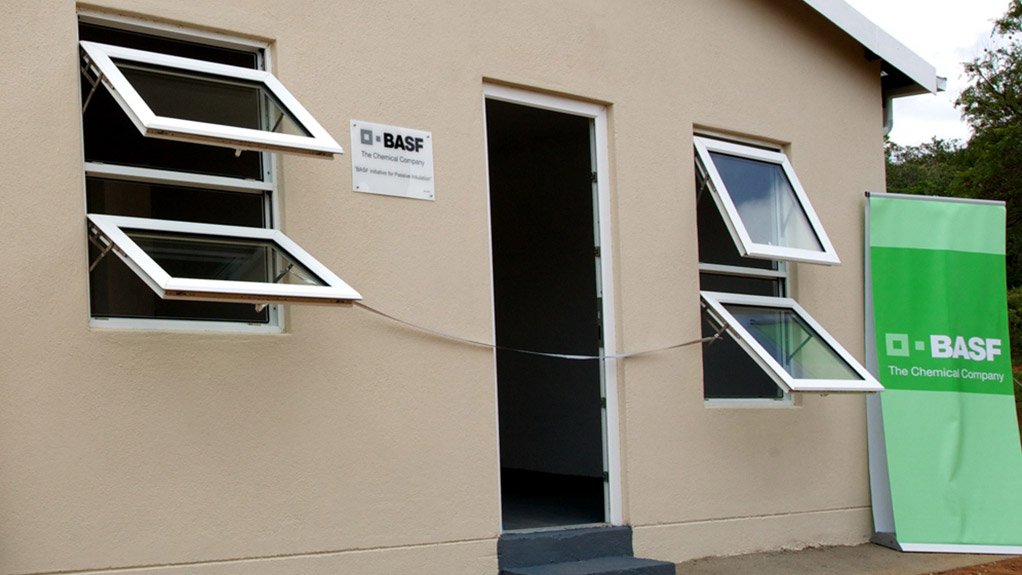South African municipalities spent 42.3%, or R142.6-billion, of their total adopted budget of R336.8-billion in the six months ended December 31, while, in respect of revenue, aggregate billing and other earnings amounted to 47.7%, or R160-billion, of the total adopted revenue budget of R335-billion for the financial year, National Treasury revealed in its Local Government Revenue and Expenditure report for the first half of the 2014/15 fiscal year on Thursday.
Municipal capital expenditure for the six months amounted to R19.1-billion or 30.6% of the main capital budget of R62.5-billion, down from 32% in the first half of the previous financial year.
Of the operating expenditure budget of R274.3-billion, R123.4-billion, or 44.9%, was spent by the end of December.
“According to the budgeted monthly operational and capital expenditure submitted by all municipalities as supporting tables to the adopted budgets, there is an underperformance of 1.3%, or R1.9-billion on year-to-date revenue collection, 7%, or R9.2 billion, on operational expenditure and 40%, or R12.7-billion, on capital expenditure,” read the report.
It further revealed that municipalities had budgeted R76.9-billion for salary and wage expenditure for the 2014/15 municipal financial year – representing 28% of their total operational budget of R274.3-billion – and that, by the end of the first half, R37-billion, or 48.1% of this, had been spent.
Aggregated year-to-date expenditure by metropolitan municipalities (metros), meanwhile, amounted to R87.8-billion, or 44.8%.
Encouragingly, Treasury outlined that, when billed revenue was measured against their adopted budgets, the performance of metros showed surpluses across all four core services for the second quarter of the financial year.
Water revenue billed was R10.6-billion against expenditure of R9.4-billion; electricity revenue billed was R32.2-billion against expenditure of R29.4-billion; revenue billed for wastewater management was R4.2-billion against expenditure of R3-billion; while levies for waste management billed were R3.4-billion against expenditure of R3.3-billion.
Similarly, the performance against the adopted budget for the four core services for secondary cities in the second quarter also showed surpluses against billed revenue.
These did not take into account the collection rate.
Aggregate municipal consumer debts amounted to R96.6-billion by the end of the first six months of the financial year, while the amount for outstanding debtors for government represented 4.1%, or R4-billion, of the total outstanding debtors.
Households accounted for 62.7%, or R60.5-billion, of the outstanding debt.
“It needs to be acknowledged that not all the outstanding debt of R96.6-billion is realistically collectable, as these amounts are inclusive of debt older than 90 days, interest on arrears and other recoveries.
“If rates and consumer debt is limited to below 90 days, and all interest is excluded from the calculation, then the actual realistically collectable amount is estimated at R20.7-billion,” noted Treasury.
Metros were owed R55.4-billion in outstanding debt as at the end of December, with the City of Johannesburg still owed the largest amount, at R18.2-billion.
This was followed by the Ekurhuleni metro, at R10.5-billion, Cape Town, at R6.7-billion, and the City of Tshwane, at R6.4-billion.
The three Gauteng metros constituted 63.4% of the total debt owed to all eight metros across the country.
Households accounted for R34.9-billion, or 63%, of outstanding debt to metros, followed by businesses, which accounted for R17.4-billion, or 31.3% of the outstanding debt.
Debt owed by government agencies was R1.6-billion, or 3% of the total outstanding debt owed to metros.
Meanwhile, municipalities owed R22-billion by the end of December, with the majority of the amount owed to contractors and service providers under the 30-day classification, thus possibly indicating delayed spending by municipalities.
The Free State had the highest percentage of outstanding creditors greater than 90 days, at 81.9%, followed by Mpumalanga, at 74.6%, and the North West, at 64.5%.
“The year-on-year increase in outstanding creditors could be an indication that municipalities are experiencing liquidity and cash challenges,” Treasury outlined.
EMAIL THIS ARTICLE SAVE THIS ARTICLE
To subscribe email subscriptions@creamermedia.co.za or click here
To advertise email advertising@creamermedia.co.za or click here











